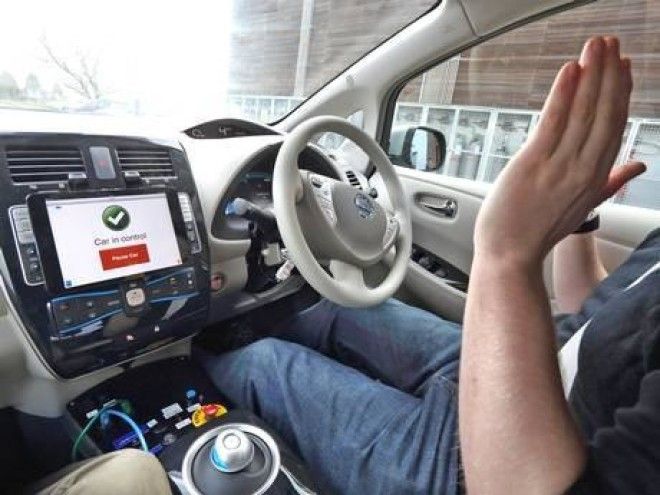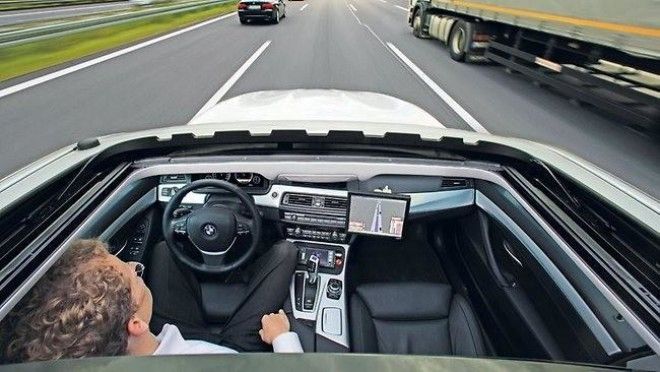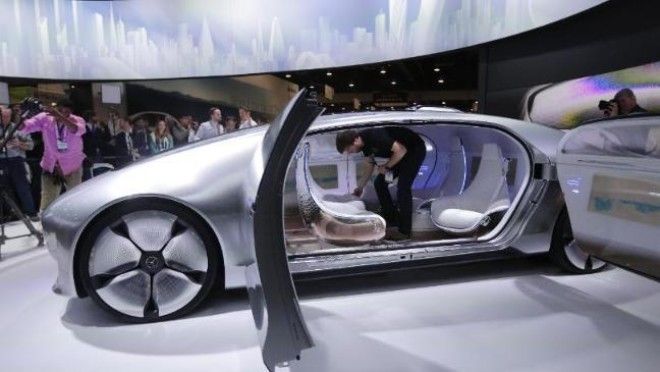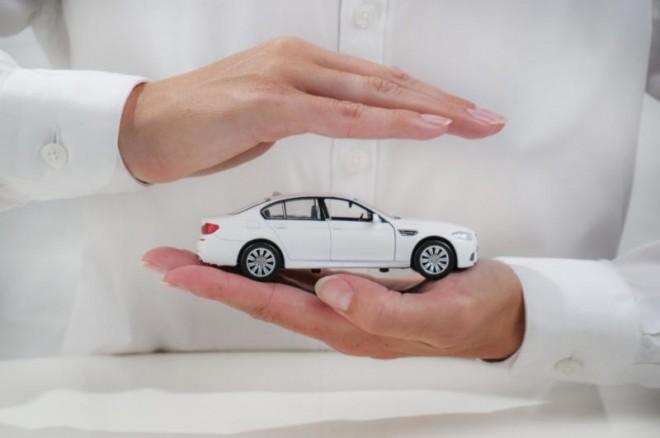But the benefits of driverless cars don’t stop there, and include possibilities you probably haven’t even considered.
1. Increase in safety
Worldwide, 1.2 million people are killed each year in traffic accidents. Of these, 30,000 occur in the U.S. alone. Studies have shown that even partial automation of driving could significantly reduce these deaths, making the roads safer for everyone. Already, automobiles with forward collision warning systems that alert drivers or automatically brake are involved in far fewer crashes. And the implications that driverless cars could have on auto insurance rates are mostly positive. With new driverless and connected vehicle technology, risk for traffic-related accidents will largely decrease, given that the new technologies will remove the human element that is the cause for around 90 percent of all traffic accidents.

This could translate to auto insurance comparisons made on the internet showing lower rates for “drivers” (essentially passengers) of driverless cars. Fewer accidents and safer driving usually means a lower insurance rate.
To consider, however, is the probability that drivers will most likely need a special license endorsement due to the new skills required when operating a driverless car.
2. Less traffic
Automating driving would also bring with it the benefit of decreased traffic. As connected vehicles and driverless vehicles communicate with each other and their surroundings, they are able to identify the optimum route, which helps spread demand for scarce road space. Separate vehicles move together as a unit, reducing unnecessary accelerating and braking which are often the cause of traffic congestion. And as automated vehicles decrease the number of accidents, traffic will be increasingly lighter since accidents are one of the biggest causes for congestion.

Less traffic will also improve people’s health, as traffic jams have been shown to cause a rise in blood pressure, depression and anxiety, as well as a decrease in cardiovascular fitness and quality sleep.
3. Reduced emissions
Transportation produces nearly 30% of all U.S. global warming emissions, and personal vehicles are largely at fault, as roughly 24 pounds of carbon dioxide and other global-warming gases are released for every gallon of fuel.
Driverless cars, however, could be the solution to this problem. The technology that driverless cars and “connected vehicles” use would allow the vehicles to communicate with roadside infrastructure like traffic lights and road congestion, and then use this information to curtail fuel consumption and emissions significantly.
Grouping vehicles into platoons, or a group of vehicles accelerating and braking simultaneously, is one benefit that would be realized with the introduction of driverless cars. “Platooning” would contribute to greater fuel economy due to reduced air resistance as well as reduced congestion.

And less aerodynamic drag could decrease fuel consumption by as much as 20%. Another study shows that even the use of autonomous taxis could reduce greenhouse gas emissions by 87 to 94% per mile by the year 2030.
The potential benefits of driverless cars are alluring and widespread, and the future for the industry is bright. And, if we let them, they could be the biggest thing to happen to transportation since Henry Ford’s assembly line.

